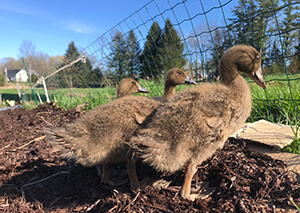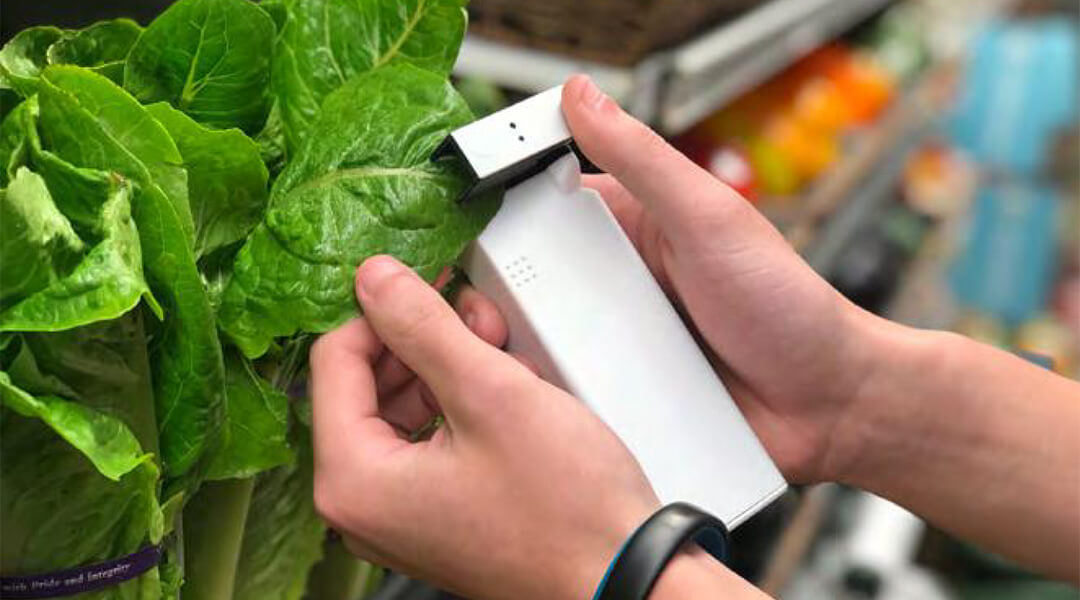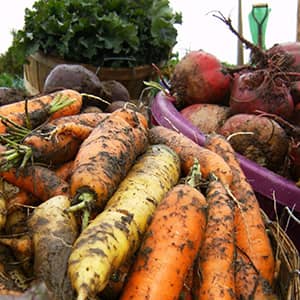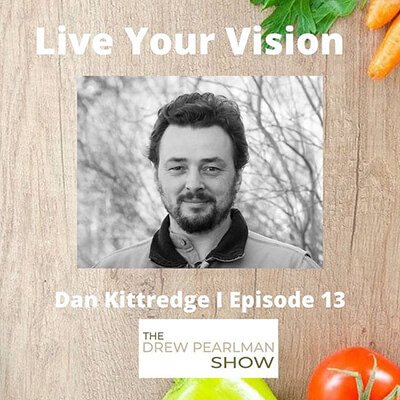Home
From the Field
We are growing the BFA family!

The BFA is hiring! We are searching for a highly skilled individual with experience in project oversight and coordination for our new Project Manager role. We are growing quickly and looking for someone who loves keeping their ducks in a row. If this sounds like you or someone you know, click through to the full job description.
New Definition of Nutrient Density Goes Beyond Labels

As a child in elementary school I remember telling my science teacher that I was an Organic Farmer. The disdain with which she responded in front of my peers by saying "organic means contains carbon, so all farmers are organic farmers" sticks with me to this day. It was not actually that long ago that a group of back-to-the land homesteaders took a word that meant one thing in the world of science and redefined it to create a cultural touch point that now has a significant meaning globally.
In much the same way, food scientists have defined nutrient density differently than have those in the broader food movement. Specifically, they determine the nutrient density index of a crop by its average level of nutrients per unit calorie. For example, kale has on average a relatively high level of nutrients but a low level of calories. By this metric then kale has a high nutrient density score. Rice has many more calories in it per unit and so would have a low nutrient density score.
For the broader food movement, however, nutrient density has to do with quality, with how nutritious one bunch of kale is in relation to another. Or one bag of rice to another. Among food scientists there is an implicit assumption that all kale or rice is relatively nutritionally uniform. This assumption is foundationally flawed. Read the full article
Listen: With Dr. Mark Hyman on "The Doctor's Farmacy"

"It might be easy to assume that if you're eating a whole foods diet rich in plants, you're getting lots of nutrients. Compared to a processed diet, that's true, but you might not be getting all the nutrition you'd expect from one carrot to the next."
Dan was honored to join Mark Hyman, MD on his podcast The Doctor's Farmacy to discuss this reality of our food supply and explain why the soil microbiome is such a key factor for the quality of our food, and what kinds of criteria are especially important for establishing healthy soil to optimize nutrient density in crops. Listen in! https://drhyman.com/blog/2021/06/02/podcast-ep173/
Dan Kittredge: "Live Your Vision"
 Available now for your listening pleasure on The Drew Pearlman Show - a delightful vision to reflect upon as we approach the winter solstice during this time when health is at the forefront of our minds.
Available now for your listening pleasure on The Drew Pearlman Show - a delightful vision to reflect upon as we approach the winter solstice during this time when health is at the forefront of our minds.
https://www.drewpearlman.com/live-your-vision-with-dan/
Dan offers this advice: “If we can be present with how each thing in our life makes us feel, that can guide us... We all have that in-built capacity for discernment.” And we can use that capacity to discern between that which energizes us and that which drains us, and then make thoughtful decisions accordingly.
Bionutrient Institute ... Fall 2020 update
While the world seems to oscillate between standing still or exploding with tension, we are here as a reminder that we are in this together, and that we are moving steadily forward. Our roots are deeply anchored in our mission to increase quality in the food supply, and we are so thankful you are connected to us in this work. This update provides an overview of our 2019 season as well as what we have underway in this 2020 season. When we look back four years ago, we are buoyed to see what we've accomplished. When we look forward and imagine the next four years, we are bursting with the bounty yet to come. Read on
Nutrition per acre - a new measure of farming success

Towards the end of last year, whilst listening to an episode of the Regenerative Agriculture podcast, I was fascinated to learn about a prototype handheld spectrometer being developed by the Bionutrient Food Association in the US, which uses the signature of reflected light from food samples to give a potential indication of their nutritional density.
Although this technology is still in its development phase, and a significant amount of data needs to be collected to calibrate the readings from each food type, it has the potential to enable any farmer or grower to measure the nutrient density of their crop (be it grass, grain, fruit, vegetables and potentially also meat and dairy products further down the line). On top of this, it could also allow consumers to make a quick assessment the quality of the food they're purchasing.
But in nutrition terms, what makes one field of carrots different from the next? It's an important question, particularly as we're constantly being told that we all need to eat more veg - it's now not just 5, but 10 portions a day. But which 10? And where should we be getting these from? This question extends far beyond vegetables and is something more and more people are starting to think about. Read the full article



